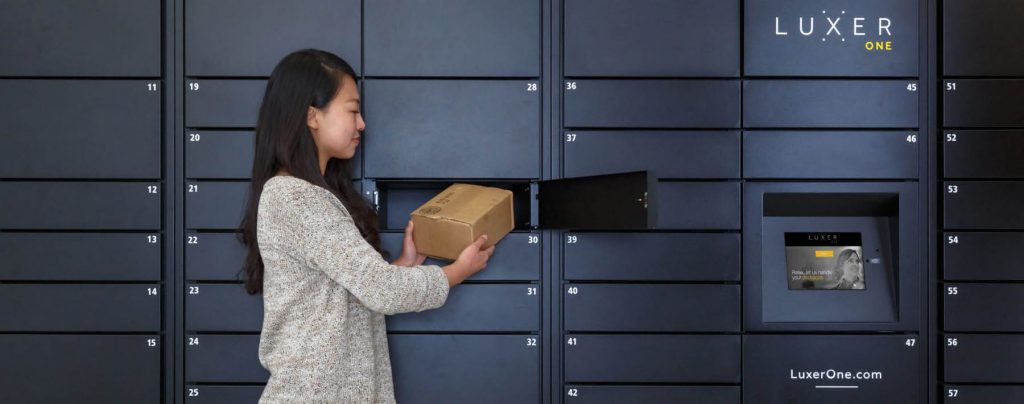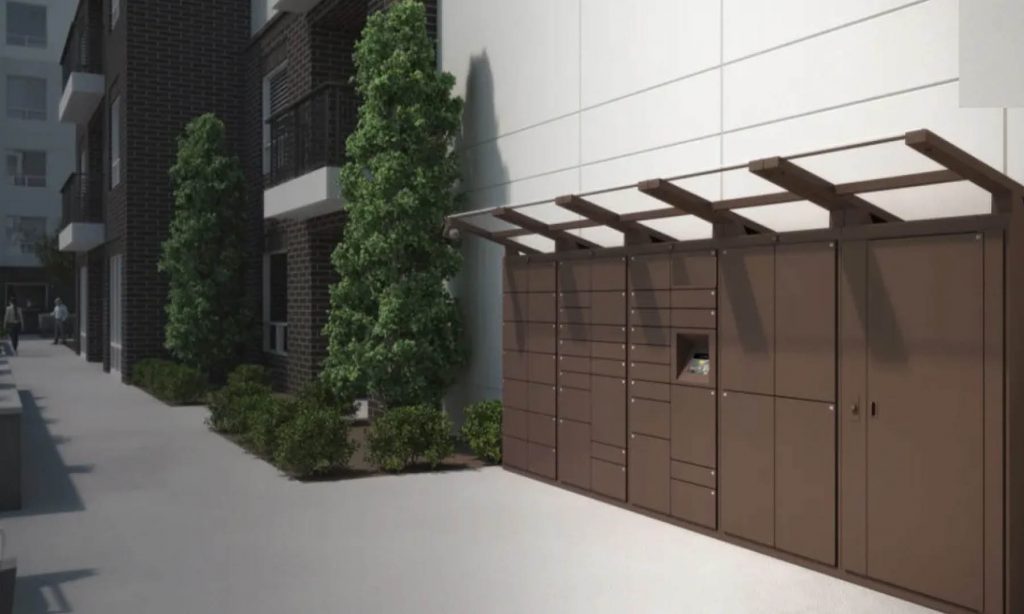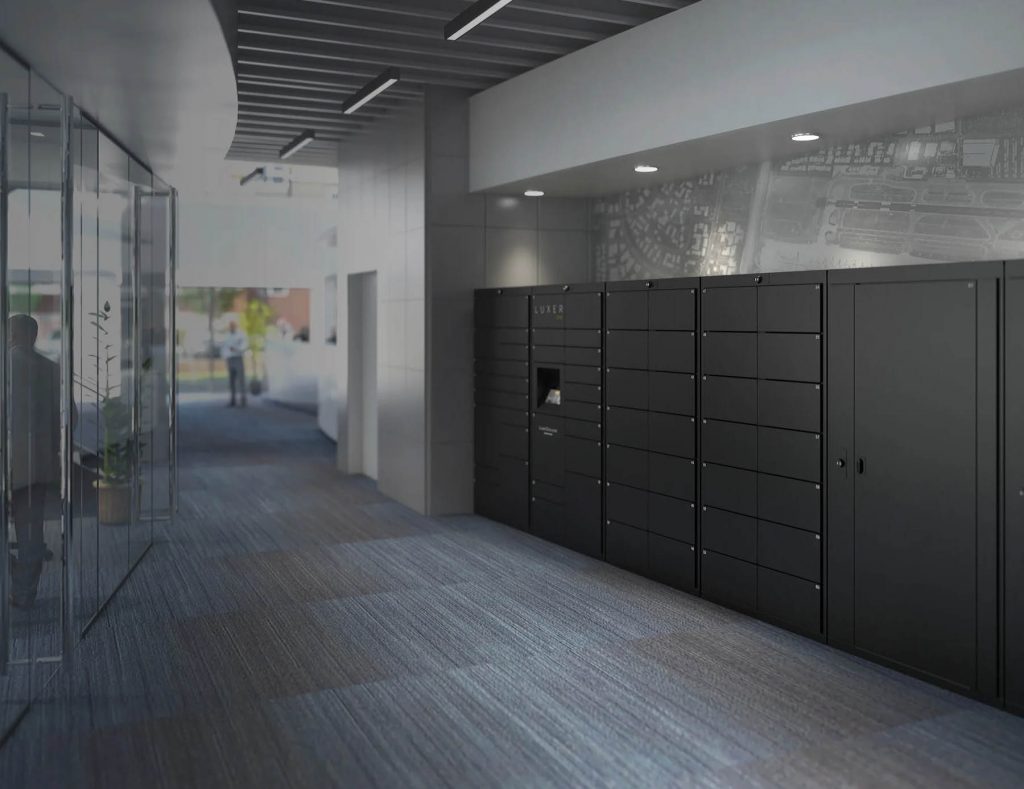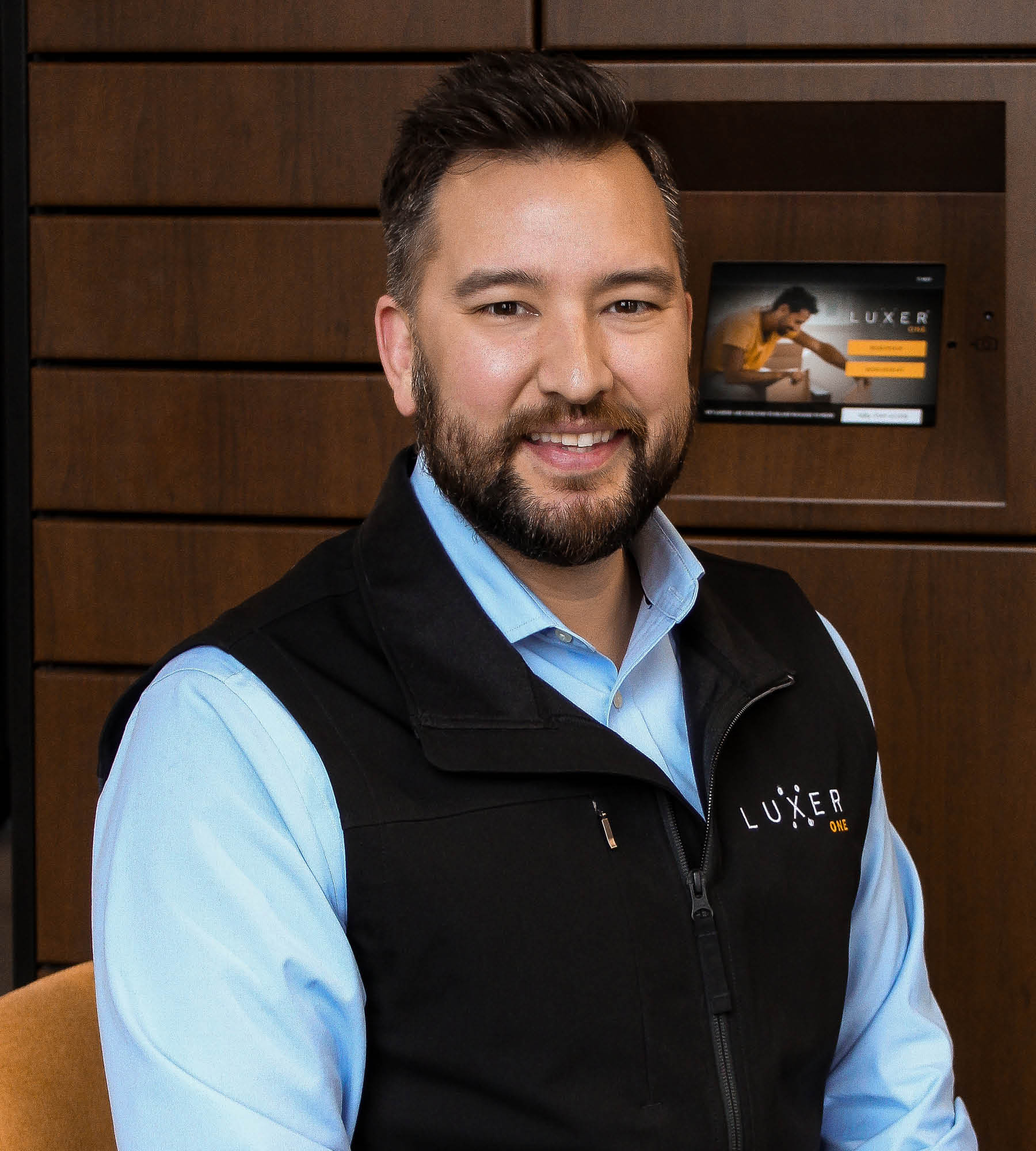Language
You can read the magazine in one of the following languages
When ecommerce juggernaut Amazon really started to take off around 2015, the lobbies of apartment buildings around the world were suddenly cluttered with fast-multiplying piles of parcels. Property managers found themselves struggling to keep up with the onslaught of online shopping.
Fast forward to today, when some buildings receive upwards of 5,000 deliveries each month. It sounds overwhelming, but a smart locker system is helping to stem the flow. Luxer One is an open network where carriers, or indeed any third party, can pick up or drop off packages, explains President Josh Middlebrooks.
On first glance, its product may appear to be a 12-gauge steel smart locker. But according to Middlebrooks, there is so much more to it.
“We’re a technology company first and foremost,” he tells The CEO Magazine. “The real magic is in the software and in the firmware, and our ability to solve problems is second to none in the industry.”

“We think that we can do it with more pride and more ownership, attention and detail and quality than anybody else.”
Middlebrooks ascended to the role of President in November 2020, taking the reins from Founder Arik Levy following the company’s acquisition by Swedish access conglomerate ASSA ABLOY. Although he was familiar with the company having worked there since 2017, it was still a tough act to follow, he admits.
“He’s a giant in the smart locker world,” he says.
That pressure, combined with that of the COVID-19 pandemic, which monopolized his first year at the helm, helped to shape his leadership style. And he swiftly proved himself to be more than worthy.
“When I took over the role in 2020, our growth had been relatively flat for three years in a row,” he recalls. “Then, in my first two full years, we’ve done about 22 percent compound annual growth rate.”
The numbers have been gradually working their way in the right direction, and Middlebrooks is optimistic that by the end of 2023 or 2024, Luxer One will have doubled in size financially. The company now has 72 million packages going through its system on an annual basis.
Partly behind this upward trajectory is a strategic overhaul of the company that has been taking place behind the scenes over the last two-and-a-half years.
“We decided to take a look at our business top to bottom and all the inputs that were going into it, specifically the COGS [Cost of Goods Sold] and the costs associated with all of that, who our suppliers were, what our challenges were,” he says.
As part of its foundational commitment to be a ‘built in the USA’ company, Luxer One had resorted to working with third-party vendors and a variety of suppliers.

“We have great people, but we also serve a really great purpose and solve a real problem for 3.5 million people out there.”
“But there are certain parts of this that we want to be able to do ourselves, because we think that we can do it with more pride and more ownership, attention to detail and quality than anybody else,” Middlebrooks says.
The management team consequently made the decision to insource a sizable chunk of Luxer One’s manufacturing, with a facility located in California. Earlier this year, it opened a second manufacturing facility in Charlotte, North Carolina.
“That’s to better serve our customers on each side of the country with higher quality and faster lead times,” he adds. It also helps the company swerve the supply chain disruptions so commonly being seen across the globe.
The transformation process didn’t end there. As Middlebrooks sought to make his own mark, he restructured Luxer One to look like a J-curve, a business model designed for the world of startups. It centers around the principle that there is no straight line of growth for a startup and that the more common trendline will show an initial investment immediately followed by a dramatic gain.
“We’ve got three P&Ls basically. We’ve got our new ventures P&L which is the bottom part of the J-curve, and their entire role is focused on finding new opportunities for us, new ventures,” he explains.
Luxer One’s retail business is a good example of this, with the company branching out from its initial focus on multi-family housing and packages, to explore the buy online, pickup in store opportunity in the retail sector, working with big brands such as Home Depot, Best Buy, Macy’s and Foot Locker.
“We just want to get enough traction and find new use cases and we’re happy to invest and have that P&L be a little bit negative in order to come up and keep the flywheel running with new use cases,” he continues. “Once they find one like retail, university, office, libraries, stuff like that, they build out all the workflow and they hand it to the next P&L, the next part of the J-curve, which is scaling it up.”

“A lot of folks just like to talk about their product and how amazing it is, but our whole goal is to be easy to buy.”
This P&L has to be positive, Middlebrooks stresses, enabling the company to really make some money while entering the scale phase.
“I think a lot of companies today or in the past couple of years have tricked themselves into thinking, ‘I’m going to scale my way to profitability,’ and we’re saying, ‘Absolutely not. We don’t scale it unless we have all the building blocks in place to be unit economic positive.’”
Finally, the third P&L is the ongoing customer relationships. This extends beyond Luxer One’s physical product to the software and support component that comes with it, for which there is a recurring annual fee. In order to continually delight its customers with its offering, it must keep on innovating and ensuring the system runs smoothly, resolving issues swiftly wherever they arise.
“That third P&L, the final part of that J-curve, has got to be our most profitable and it’s got to be where a lot of our time is spent to maintain these customer relationships, because referrals are huge for us and they just feed that J-curve more and more,” Middlebrooks says.
Getting a foot in the door to grow awareness of its product remains the biggest challenge for Luxer One, with many companies taking a short-sighted view, according to Middlebrooks.
“A lot of folks just like to talk about their product and how amazing it is, but our whole goal is to be easy to buy,” he says. So engaging with potential clients using their language and road map is critical.
Beyond striking up that conversation, the company is also putting great effort into proving its worth, particularly when dealing with some of the biggest brands out there.

“It really is around proving that you belong and proving that you can perform at the level needed by these giant companies that have their own brand promise with their customers,” he says.
“So in the example of Home Depot, the Home Depot customers are picking up orders from our smart lockers, so it’s got to be at the level of quality or better than anything else that the Home Depot internal team puts out there.”
This means continually working on the hardware, software and firmware side to provide customized solutions.
Selecting the right people plays into this, as does endowing them with pride and ownership in their work. Luxer One does this by giving them the freedom to make their own decisions and rewarding them accordingly, as well as by giving them the satisfaction that comes with solving a real problem.
“During the pandemic, everyone went into lockdown. You had to stay in your house. So for our 3.5 million active users, their only connection and link to the outside world was through our smart lockers,” Middlebrooks says.
“It could be that one of our customers is a single mom who needs school supplies for her kids to do that project last minute to get it turned in. It could be that you’re someone who’s getting medicine for your mom or your dad that’s critical to their wellbeing.
“We have great people, but we also serve a really great purpose and solve a real problem for 3.5 million people out there. And so that keeps us energized every day.”
